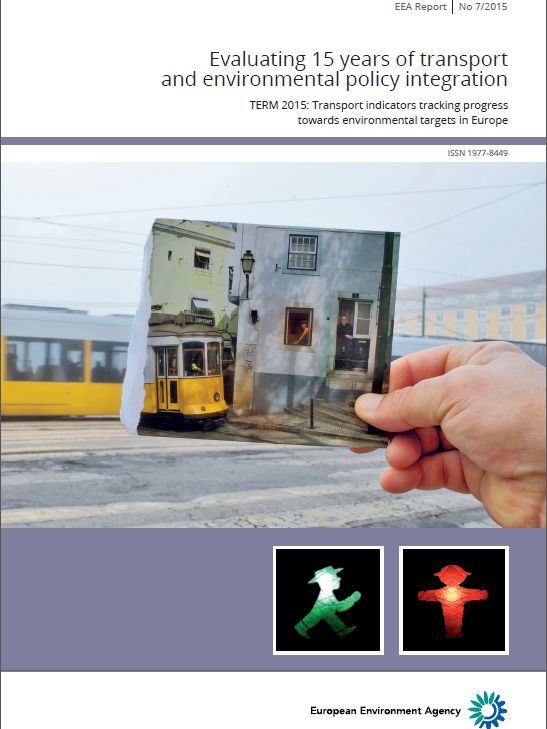State of Nature in the EU (2007–2012)
Results from reporting under the nature directives 2007–2012
- Publication
- Citation
EEA, 2015: State of nature in the EU. Results from reporting under the nature directives 2007–2012, Technical report No 02/2015, European Environment Agency, Copenhagen.
On 20 May 2015, the European Environment Agency (EEA) released its State of Nature in the EU technical report, representing the EU's most comprehensive assessment to date of the status and trends of the EU's birds, habitats and non-bird species. The report is accompanied by a summary report and a brochure released by the European Commission's Directorate-General (DG) for Environment that highlight the technical report's key policy messages. Ecologic Institute contributed to each of the technical report's chapters as part of the EEA's European Topic Centre on Biological Diversity (ETC-BD) and is one of the report's lead authors. The report is available for download.
In addition to the status and trends of birds, habitats and non-bird species, the report also provides insights into the state of the EU's ecosystems, the development of the Natura 2000 network of nature protection sites, as well as progress towards meeting Target 1 (Full implementation of EU nature legislation to protect biodiversity) and Target 3 (More sustainable agriculture and forestry) of the EU's 2020 Biodiversity Strategy. Moreover, the report will serve as an important input to the European Commission's current Fitness Check of the EU Nature Directives. The report is based on Member State reporting under the Habitats and Birds Directives as well as subsequent EU regional assesment and covers the reporting period 2007-2012.
Key findings of the report
- Over half of the bird species in the EU (52%) are considered to hold a 'Secure' population status (no foreseeable risk of extinction), while 32% of birds are in a non-secure state.
- Under one quarter of EU species assessments (23%) and EU habitat assessments (16%) are assessed as having a 'Favourable' conservation status. Nearly 77% of the protected habitats and 60% of protected species are in an unfavourable conservation status.
- The species found in cropland, grassland, wetland and urban ecosystems have among the highest share of 'unfavourable' conservation status assessments. The most frequently reported pressures and threats for terrestrial ecosystems are associated with agriculture and changes to hydrology.
- From 2007 to 2012 there was a 6% increase in the number of Sites of Community Importance (SCI) in the Natura 2000 network, while the area covered by these sites increased by 15%. Most of these increases relate to Bulgaria and Romania joining the EU in 2007, and the marine component of the network.
Progress towards target 1 of the EU Biodiversity Strategy
Target 1 of the EU 2020 Biodiversity Strategy aims to halt the detoriation in the status of all species and habitats covered by EU nature legislation and achieve a significant and measurable improvement in their status by 2020. More concretely, ‘100% more habitat assessments and 50% more species assessments under the Habitats Directive (should be) in a favourable or improved conservation status’; and 50% more species assessments under the Birds Directive (should be) in secure or improved status’.
Compared to previous assessments, while the sub-target for non-bird species protected under the Habitats Directive (25%) has already been met, the statuses of habitats and birds still require an improvement of +14% and +17.5%, respectively, to reach their individual sub-targets. It is clear that there is still much to be done in order to reach Target 1 under the EU 2020 Biodiversity Strategy.
